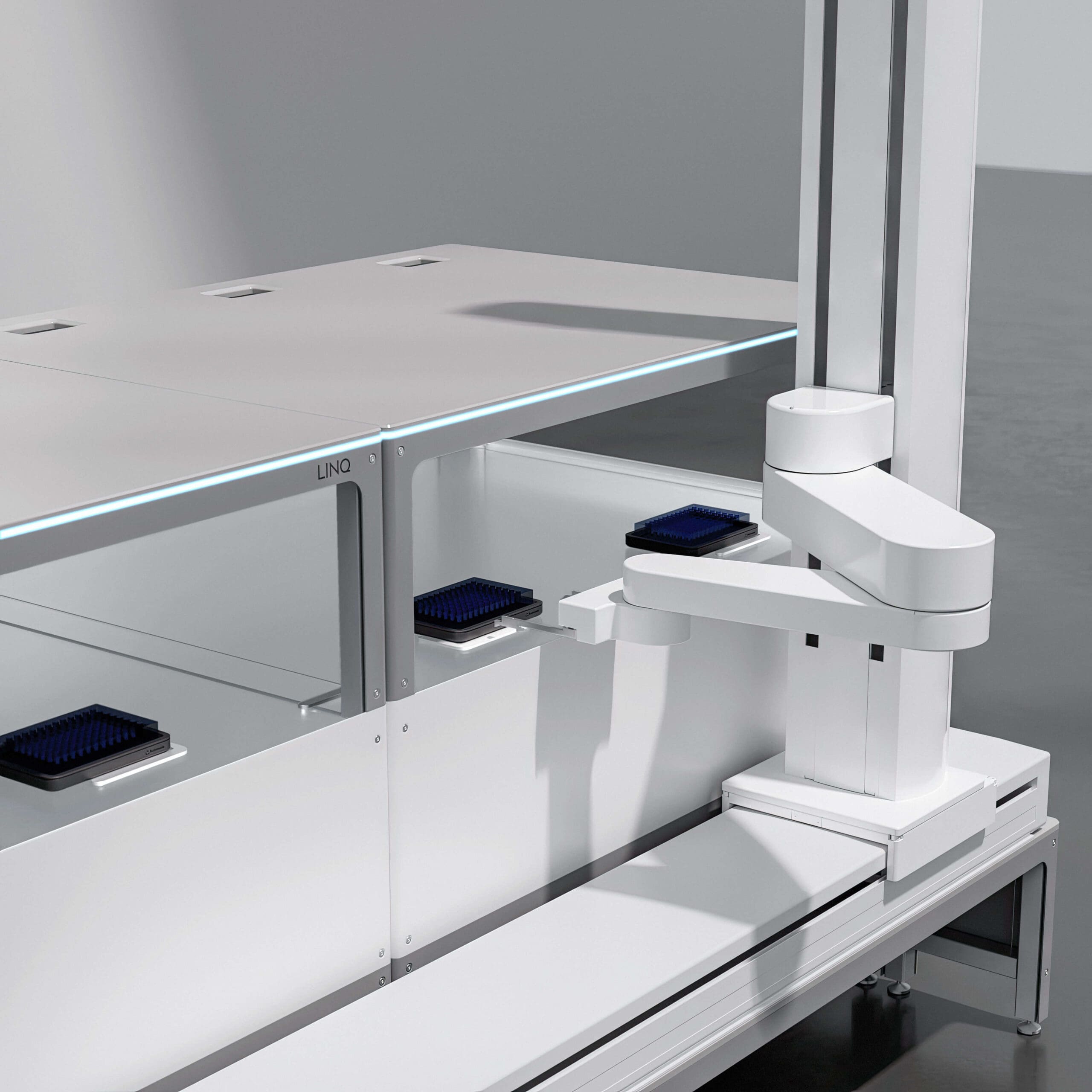

How to reduce downtime in a drug discovery lab
Downtime in drug discovery labs delay an already long and complex process. Here’s how to reduce its impact in your lab.
Developing new treatments and vaccines has been crucial to returning to a new normal. The life science industry’s success at identifying candidate treatments and vaccines, and demonstrating their safety and efficacy, is why many parts of the world are now able to relax restrictions.
Post-pandemic, the value of drug discovery has been understood by the wider public, and in 2022, the world is watching the health and life sciences sector more than ever before. Testing and research continues in earnest across the globe and the sector meets the challenge of increased expectations to produce better results faster. The pressure is on for labs across the country.
However, lab managers face significant challenges, and are required to operate under significant and increasing strain. There’s one issue they face, which while ultimately unavoidable, hugely contributes to drug discovery labs’ challenge: downtime.
Downtime is a perennial problem for those working across all types of industries, whether in laboratories or manufacturing plants. For example, the pandemic forced a huge number of businesses to halt their operations, whether it was to contain the spread of the coronavirus, due to supply issues or due to staff absences.
Why is downtime a problem in drug discovery
Both unplanned and planned downtime are challenging for drug discovery companies. When machines, equipment and systems are not operational, companies are unable to identify candidate treatments which could be lifesaving.
In drug discovery, unplanned downtime causes extensive delays to an already long and complex process. It’s imperative that the right staff, equipment, reagents, materials and expertise are available when required. If not, machines cannot operate.
In 2021, over 70% of laboratorians identified unplanned downtime as one of the key factors limiting their lab’s productivity. This comes at a time when 80% of lab managers feel that exhaustion and staff morale are getting worse in their sector, according to research from Automata. This means the impact of downtime is being felt even more profoundly. Furthermore, our research found that 1 in 2 lab managers identified equipment failure, and maintenance, as a current challenge.
Meanwhile, planned downtime can also be an issue for the same reason. Perhaps a lab doesn’t have a particular set of expertise or systems available at a particular time. Or maybe machines require maintenance, systems require testing or are being upgraded. Whatever the reason, the result is the same. Idle machines can’t screen for new transformative treatments.
Downtime has an impact. If systems are down due to equipment failure or a lack of available personnel, this causes delay. This only increases pressures on lab managers to meet targets. Downtime is also associated with high costs. Delays cost money.
Given the current context of the global pandemic, inconsistent turnaround times from labs can have a huge impact on strained health systems. Furthermore, unplanned, extended periods of downtime during laboratory working hours, can exacerbate existing workforce and resourcing challenges.
For all of these reasons, it is more important than ever to have effective solutions in place to reduce downtime and maximise lab productivity.
How can automation reduce downtime
While automation can’t prevent all downtime, it can dramatically reduce unplanned downtime in certain circumstances.
Automation reduces the chance of downtime due to staff absence. In automating the drug discovery process, far less personnel are required to operate and supervise systems. Further, automated processes aren’t limited by the constraints of manual ones, meaning they can operate for far longer time periods.
Automation can also help prevent downtime of certain stages of the drug discovery process most prone to downtime. By using reliable solutions, and full workflow automation, elements of the drug discovery process can be refined and optimised, and then automated – ensuring the same process is conducted consistently each time. Minimising the chance of variation leading to error and system failures.
Automation also has another benefit. With total workflow automation, all stages of the process can be integrated and automated, including hardware, systems, software and equipment. This means that reliable data can be produced, not just on the compounds being tested, but on the testing process itself. This data can be used to analyse testing performance and optimise processes. Over time, processes and errors can be refined to minimise downtime. Furthermore, with greater data, planned periods of downtime can be scheduled and timed to minimise any associated impacts.
What do lab managers think of automation?
Lab automation is seen as an increasingly viable and trusted option by lab managers across the UK, particularly for increasing capacity within the lab and ensuring productivity levels are high. Automata’s research found that 97% of lab managers associate automation with time savings – be that single-station, full-workflow, or both forms and 90% appreciate the potential for lab automation to allow them to scale up their work.
Typically, access to greater, end-to-end automation has been restricted to only the largest drug discovery players. However, as automation technology has progressed, it has become more flexible, cost effective and accessible – opening up the benefits of automation for labs of all sizes.
Buying good quality equipment, and setting up your system with the appropriate checks and reliability allows you to plan for maintenance activities, reducing any potential problems which lead to unplanned downtime.
Unfortunately, many automation providers offer solutions that are too complex, expensive and bulky, with deployment taking many years. It can also be a challenge to find a partner who will work with you to understand your specific needs and offer solutions that address them.
At Automata, we believe that for laboratory workflow automation to be effective, labs need automation partners that will work closely with them throughout the whole process.
That is exactly what LINQ does. LINQ is a laboratory workflow automation system that makes scaling-up possible for all labs. With our proprietary hardware, single-platform software and a world-class service, we partner with diagnostic labs to take the hassle out of laboratory workflow automation.
It’s important to set up an efficient, flexible automation system to reduce downtime and maximise lab productivity. LINQ allows you to scale research and development in your lab environment.

Lab automation for early drug discovery
Discover how our integrated automation platform accelerates each stage of early drug discovery with ease and precision

Explore the transformative potential of infrastructure-level automation for contract research and contract…
Read more Delivering flexibility for CRO labs: infrastructure-level automation for changing client demands
The lab automation platform that removes bottlenecks and accelerates drug discovery at…
Read more Automation solutions for drug discovery
In this webinar Russell Green showcases how to bridge existing automation together…
Read more On-demand webinar: Unifying science for infrastructure-level lab automation